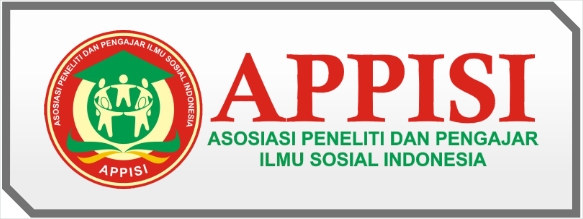Penentuan Nasab Melalui Tes DNA Perspektif Hukum Islam
(Ditinjau Dari Maqoshid Syariah)
DOI:
https://doi.org/10.59581/jrp-widyakarya.v1i4.1844Keywords:
Nasab, DNA Test, Islamic Maqhasid Sharia LawAbstract
This research aims to determine the method of determining lineage in Islamic law. And to find out the perspective of Islamic law and sharia maqoshid on DNA testing as a determinant of nasab. This research was carried out using library research and paying attention to the field (Field Research). Literature study is a process of searching for various literature, the results of studies related to the research to be carried out. Literature study can be likened to a key that will open everything that can help solve research problems. The research results show that the method for determining lineage in Islamic law is (1) by legal marriage or Fasid marriage, based on the hadith: الوَلَدُ لَلْفِرَاشِ with the meaning of the word firasy being a wife who has been married, (2) method of recognizing lineage or descent, (3) method proof (bayyinah), namely the testimony of two men, or a man and two women. Thus, determining lineage by evidence is stronger than just by confession, because evidence to date is the strongest reason to determine and decide a case, (4) and the tasammu' method. According to Dr. Wahbah al-Zuhaili, determining lineages is permitted through tasammu' as in the law of marriage or wedding night, mendukhul wife, radha', birth and death. And this was agreed upon by the imams of the four schools of thought. That the perspective of Islamic law and maqoshid sharia regarding DNA testing as a determinant of lineage is hifz nasal (protecting offspring). Because the DNA test serves to free him from the accusations leveled against him, and he ensures that the accusations are not true, and proves his child's lineage to his father and this is the child's right, and reassures the husband's soul and erases the doubts in his heart. And a wife who doesn't want to do a DNA test even though her husband urges her is to cover up a certain disgrace, and the maqashid of sharia is hifdul irdh (maintaining self-respect). This is in accordance with the word of Allah SWT in Surah An-Nur verse 19 which shows the recommendation to cover up one's own and other people's disgrace, and to make sure to keep disgrace a secret, as explained by Yusuf Qardawi.
References
Abdul Halim. (2019). USHUL FIQIH. Pustaka Pelajar.
Abdurrahman Al-Juzairi. (2015). Terjemah Fiqih 4 Madzhab jilid 2. Pustaka al-Kausar.
Agus Miswanto. (2018). Ushul Fiqh: Metode Ijtihad Hukum Islam. Unimma Press.
Ali Sadiqin. (2012). Fiqih Dan Ushul Fiqih. Beranda Publishing.
Bugin, Burhan. (2011). Metode Penelitian Kuantitaif, Jakarta: Raja Wali Perss.
Dadang Hidayat, Dkk., (Ed.) (2020). Silsilah Keluarga Kiai Ending Zahidi Suatu Jejak Yang Hampir Terlupakan, Yogyakarta: Bahasa Rakyat.
Fahmi, M. (2019). Penetapan Nasab Anak Mulā’anah melalui Tes DNA (Studi atas Metode Istinbāṭ Yūsuf al-Qaraḍāwī). SAMARAH: Jurnal Hukum Keluarga dan Hukum Islam, 3(1), 133.
Hanapi, A., Imanuddin, I., & Hasballah, K. (2022). Kedudukan Metode al-Qāfah Dalam Penetapan Nasab Anak Menurut Ulama Perspektif Maqashid al-Syariah. De Jure: Jurnal Hukum dan Syar’iah, 14(1), 21–37.
Irfan, Muhammad Nurul. (2018). Nasab dan Status Anak Dalam Hukum Islam Edisi Kedua, Jakarta: Amzah.
Kartono, Kartini. 1998. Pengantar Metodologi Research, Bandung: Alumni.
Muh. Tamimi. (2014). Tes DNA Dalam Menetapkan Hubungan Nasab. Istinbath, Jurnal Hukum Islam.
Sanusi, Muhammad, (2012). Tuntunan Melamar Dan Menikah Secara Islami Untuk Pria Dan Wanita, Jogjakarta: Diva Press.
Tamrin, Husni. (2014). Aspek Hukum Bayi Tabung Dan Sewa Rahim Persektif Hukum Perdata Dan Hukum Islam, Yogyakarta: Aswaja Pressindo.
Wahbah al-Zuhaili, Abdul Hayye Al-Katani. (2011). Terjemah Fiqih Islam wa adillatuhu. Gema Isani.
Downloads
Published
How to Cite
Issue
Section
License
Copyright (c) 2023 Syukria Hannum

This work is licensed under a Creative Commons Attribution-ShareAlike 4.0 International License.













